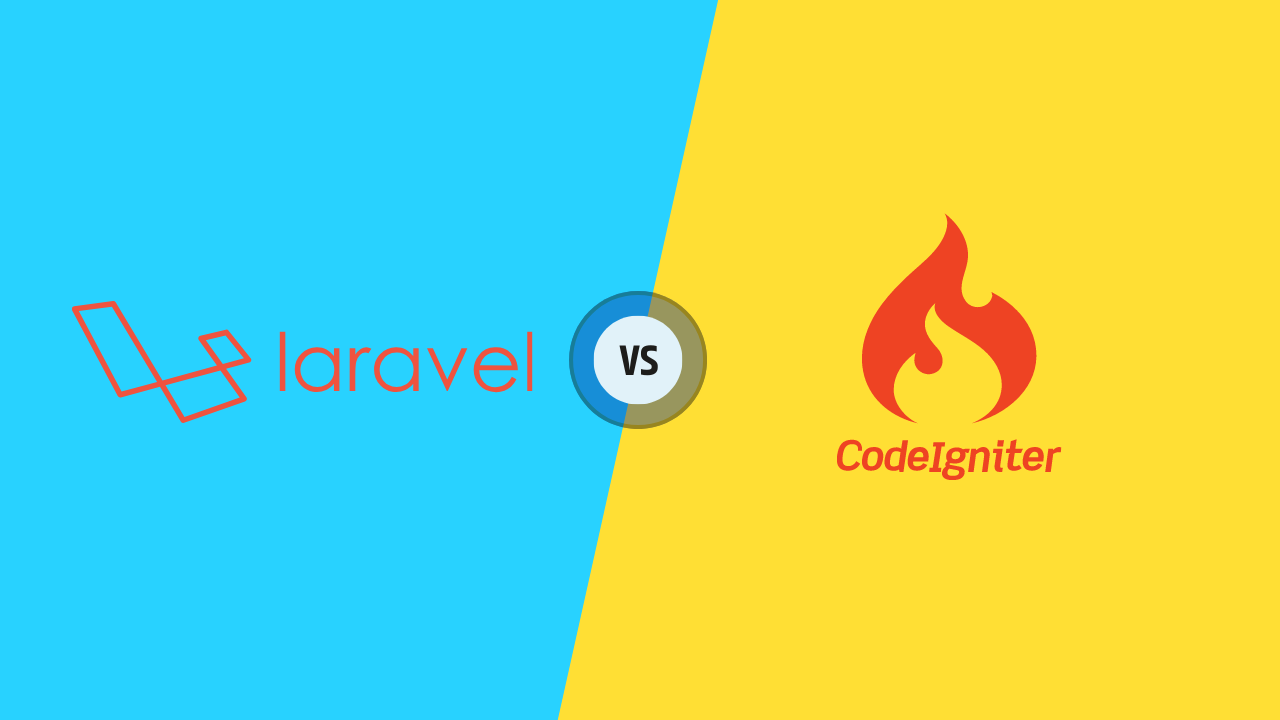Staff augmentation is the reason why many companies can function today. In many companies, even large ones, there are issues with getting the necessary talent for their projects. Whether it is having a particular specialist, having staff members wearing too many hats and being stretched out or just not being able to afford to hire permanent employees with the necessary talent. Outside of lacking necessary critical staff for essential projects, having to urgently fulfill some essential vacant role, requiring consultants and experts in downtrodden fields or any other issues, staff augmentation can help with the issues presented above and many more.
The Working Behind Staff Augmentation
.From the client’s point of view, they should identify the required expertise and skills, the number of developers and qualifications required. The more detailed and legible the description, the better for the recruiting partners to get a better idea about the right kind of staff on their roster that is suitable for the role. As such, the providers would find it easier to find the right talent from the databases. The people that are qualified will be on the recruiting pipeline, ready to hire when the client agrees. Once the resume screening is completed, they can appoint interviews with the filtered candidates. If they pass, the candidates will find the appropriate job offers from the staff augmentation providers.
As such, the steps involved can be broadly separated into these stages:
- 1. The client company provides details to the hiring or staff augmentation party in regards to job and talent requirements. There is often communication between both groups for clarifying issues or to get more information.
- 2. The staff augmentation company then scours and filters through available in their database. Once filtered, the CVs of the qualifying candidates are sent to the client company.
- 3. The client company generally possesses their own tests to judge the candidates. Feedback is provided and they are filtered based on their test results. Outside of the tests, there are quite often separate interviews, social and technical before a client is approved.
- 4. If approved, the applicant receives a job offer and if they accept, they finish the onboarding and documentation process.
The most obvious advantages of the staff augmentation are the quick approach to hiring at a short rate, a high retention rate for the hires and a streamlined onboarding process. As there are no costs for the filtering of applicants and the overhead or other additional costs of hiring. There are also additional advantages as many of the staff in hiring do not possess the technical knowledge to accurately judge the hires, as such, having specialised staff for judging multiple companies can help increase accuracy and efficiency. This is also an advantage during onboarding as it helps in ensuring that in the onboarding process, it would help as the ones who would instruct the new incoming employees would be instructed far better than at the hands of HR personnel who lack the appropriate knowledge.
Comparisons of Staff Augmentations with Other Methods for Hiring
Fixed Price:
The fixed price model, unlike the staff augmentation model, works with a predictable budget and set timelines that are best suited for short-term projects. A fixed price model as such, is best suited for usage in outsourcing turnkey software development.
Managed Services:
Managed services include data backups, system management, data warehouse and storage, etc.
Time and Material:
Time and material is an outsourcing engagement model that is best suited for long term projects. This is due to its focus on projects when there is a clear idea about the schedule for any change in requirement. As such, it requires regular reporting on the progress and wants to balance between time and quality.
In outsourcing, a client company hands over the development of a project to the remote development team. As such, it considers not only staff for software development, but also applicants for analysis, design, quality assurance, management and similar roles. As such, this can be technically considered a superset of staff augmentation systems. However, they lack the flexibility of simple staff augmentation as they don’t fill vacant roles in existing teams but instead pass the buck to the outsourcing company’s teams.
The Types of Staff Augmentation Methodologies:
The Staff augmentation methodologies for hiring are often dependent on how they sort or ascertain their applicants. These include:
Skill Based:
This form of staff augmentation classification is dependent on the skills of the applicants in question. However, there is no complete specification required. For instance, you may classify as a web-developer but not necessarily whether they are a Ruby developer or a Javascript developer.
Skill Level:
This form of staff augmentation classification is dependent on the applicants being already classified and instead focuses on the quality of the applicants in terms of skills and experience. For instance, if a staff augmentation company focuses on only a single type of skill or if the skills are pre-sorted, then they are classified based on the above. For instance, they may be sorted as fresh graduates, moderates who already have experience in a handful of companies and the ones with over a decade of experience and/or specialisation.
Platforms for Staff Augmentation
The staff augmentation platforms can be broadly divided into three distinct groups:
The platforms that cater to every career field, not just technical ones. This can be illustrated through the example of Guru that boasts programming as one of the 9 primary fields and further subdivided on the basis of potential role and language. While any freelancer that isn’t limited to a specialist career path would find this as an attractive choice, especially with the larger companies that it is likely to attract, it does have its downsides. Such large scale platforms tend to be oversaturated with talent, turning each posted job into a rat race that races to the bottom line.
The platforms that focus or cater only to the technical field. While seemingly narrower in focus, the payoff is in the greater specialisations that it can offer in that area. For instance, Optymize focuses entirely on the technical fields of computer science but the freelancers there can be Ruby or similar web developers for front, back and fullstack, software developers, database managers or any combination of above and many more. Because of the focus, it also allows for greater focus, allowing for personal consultations with companies and freelancers alike, allowing for companies to clarify exactly what they need and for freelancers to polish themselves up and present themselves at their best.
Some platforms are further specialised like Codeable which focuses entirely on WordPress developers. For some, this may be useful in filtering out the chaff but for the majority that are generalists, this may not be the best choice for finding a career role.
Advantages for Staff Augmentation Teams
These are some of the advantages of using staff augmentation teams:
The generally higher productivity:
Professionals hired through staff augmentation are generally intended to work on a specific project rather than having to juggle multiple projects. As such, due to the lack of split attention, they are generally more focused, motivated and as such, more productive than the traditional permanent employees.
Better security for IP rights:
Unlike permanent in-company employees, those hired through staff augmentation are aware that they do not possess the IP rights. As such, there is better security in hiring team members through staff augmentation as there is no confusion in regards to the ownership of such IPs (Intellectual Properties).
Greater flexibility in hiring:
The use of staff augmentation allows for greater flexibility in two aspects:
There is a generally greater access to talent. As such, due to not being limited to the general locale, companies have more flexibility in whom they have to hire in terms of required quality.
Fast replacements are possible in companies with staff augmentation. This is because any team member(s) that is/are not up to the mark can be quickly replaced.
Cost Efficiency while hiring:
As mentioned before, using staff augmentation provides the advantages of cost cutting and efficiency and along with the previously stated reasons, they may also be better in terms of cost transparencies.
Challenges of Staff Augmentation Teams
These are some of the most common challenges faced in companies that use staff augmentation:
Communication issues between the parties:
Communication concerns during the hiring process is the most obvious challenge, especially when during quarantines, a lot of interviews are done through screens rather than in person. As such, a lot of weight in terms of the quality of the talent as well as how well they can work with the team can depend on the communication quality. As such, there is a great deal of emphasis in terms of hiring from the right staff augmentation company. This requires good communication with potential vendors before partnering with them as well as researching them, especially their reviews in order to select the right staff augmentation company.
Geographical conditions:
This is the second most prevalent issue for companies that rely on staff augmentation. At the national level, it can be due to issues with travel, variance in infrastructure level, language or any other form of cultural barriers. At the international level, it can also include time zone problems.
Tools for Staff Augmentation Companies
If staff augmentation is meant to be a common source of talent for a company or if freelancers want to work through the staff augmentation sites, then they have to know how to work with various tools. These include:
Skype or Zoom:
Skype, Zoom and similar tools like Google Hangouts are video conferencing tools that enable face-to-face conversation between two or more people through a screen. While Zoom and Google hangouts are suited only for video conferencing, the other one, Skype, also allows for text messaging, audio calls and file sharing.
Google Tools:
This is the online equivalent of Microsoft Office. It consists of a collection of tools that are used to work with various different types of files, sharing them and converting them into different formats. They include:
- Google Drive: This is the base office tool that essentially acts as a portable online drive for storing files. It has compatibility with various word, sheet and slide files along with multimedia files such as image, video and audio files along with different programming files.
- Google Docs: This is a document editor software similar to Microsoft Word but more suited for online use. As such, despite possessing fewer features than Word, it is by default located online so by simply sharing a link, multiple users can view the most recent version of a document file. Moreover, by adjusting the access permissions, the user can improve security by limiting viewers or make it more accessible by allowing multiple people to edit a file simultaneously. Moreover, it can convert a doc file to the default Google Docs format and vice versa. Other formats include those of e-books, other docs files and .txt files.
- Google Sheets and Slides: They are also the online equivalent of Microsoft Office’s tools. In this case, they are the equivalent of MS Excel and MS Powerpoint respectively.
- Dropbox: This is another file storage website but unlike Google Drive, the focus is on acting as a repository for reference material.
Github:
This is similar to Google Drive or Dropbox above, but the focus is on development and sharing codes. The site allows users to share codes tagged in multiple formats, the roadmaps for developers, documentation, etc. There are also additional features like an inbuilt search engine, file organiser, link sharing, uploading, downloading features, etc.
Slack:
This is an internal messaging tool that is used to send text messages, share files and additional tasks between Slack account holders. They can also be sorted into groups to allow for various different means of organisation depending on the team architecture.
Toggl:
Toggl and appropriate tracker softwares are essential tools for time management and progress tracking.
Conclusion
From what has been shown above, staff augmentation can’t be seen as a one size fits all, silver bullet that fixes every problem that a company can face. However, staff augmentation does fix a lot of problems while being advantageous in terms of flexibility, efficiency and a whole lot of other factors. So, it is a good idea to consider staff augmentation companies as they can work for each and every type of company. Whether you are in a fresh startup, a century old corporation, a local city based entity or a global giant, staff augmentation has something for all of them.







